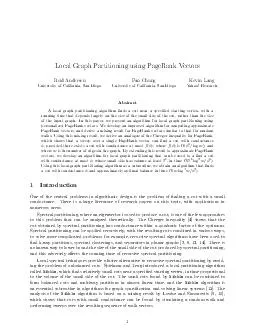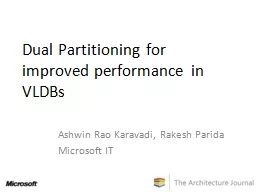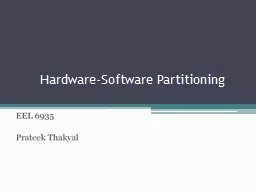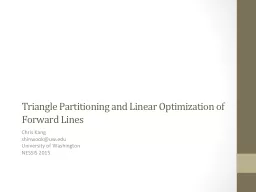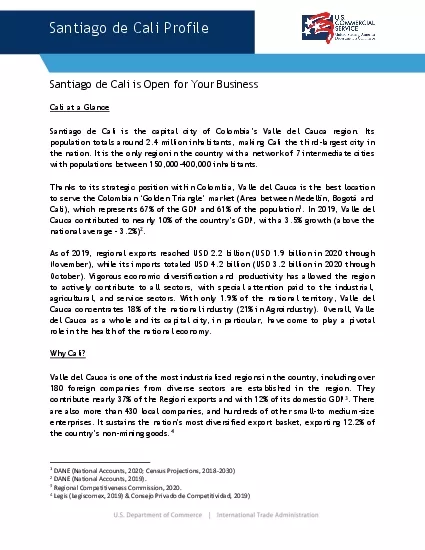PDF-Local Graph Partitioning using PageRank Vectors Reid Andersen University of Cali
Author : trish-goza | Published Date : 2014-10-09
In this paper we present an algorithm for local graph partitioning using personalized PageRank vectors We develop an improved algorithm for computing approximate
Presentation Embed Code
Download Presentation
Download Presentation The PPT/PDF document "Local Graph Partitioning using PageRank ..." is the property of its rightful owner. Permission is granted to download and print the materials on this website for personal, non-commercial use only, and to display it on your personal computer provided you do not modify the materials and that you retain all copyright notices contained in the materials. By downloading content from our website, you accept the terms of this agreement.
Local Graph Partitioning using PageRank Vectors Reid Andersen University of Cali: Transcript
Download Rules Of Document
"Local Graph Partitioning using PageRank Vectors Reid Andersen University of Cali"The content belongs to its owner. You may download and print it for personal use, without modification, and keep all copyright notices. By downloading, you agree to these terms.
Related Documents

